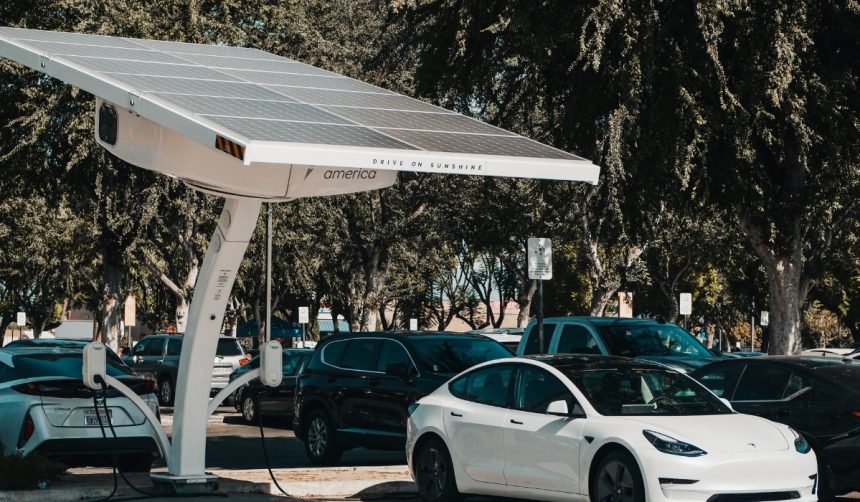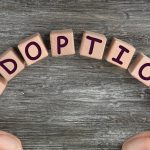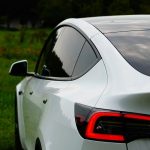Tesla has broadened the availability of its Robotaxi service by launching an official app for iOS users, granting wider public access in Austin, Texas. The move follows months of limited, invitation-only trials designed to quietly assess performance before rolling out to more users. With waitlists implemented, those downloading the app early may experience driverless rides in Tesla’s Model Y vehicles sooner, underlining the company’s efforts to grow its user base within the Austin region. Daily commuters, airport travelers, and those attending social events may find the expanded app a convenient alternative to traditional ride-hailing options, further integrating Tesla’s automated technology into everyday transportation routines.
Tesla’s earlier approach to the Robotaxi program restricted its reach to a select group and operated within a smaller area. Expansion over recent weeks has not only extended the service boundary but has also introduced new operational territories, including Giga Texas and Austin-Bergstrom International Airport. Unlike past steps, Tesla is now allowing freeway driving, but only with a safety monitor positioned in the driver’s seat for these routes, reflecting a cautious strategy regarding fully unmonitored autonomous travel on highways. This development distinguishes the present phase from earlier, more constrained rollouts and signals Tesla’s measured progression toward broader adoption of driverless technology.
What Does the Public App Launch Mean for Austin Riders?
The public launch of the Robotaxi app represents a significant shift for local riders, as it paves the way for increased access beyond earlier invite-only testing. Now, any iOS user in Austin can sign up and eventually participate in the service, though waitlists remain in place to manage demand and ensure safety. Tesla’s stated aim is to create a more inclusive, community-oriented user base who rely on the service for recurring needs, fostering a local ecosystem around the Robotaxi platform. According to a company spokesperson,
“Opening the Robotaxi app to the public allows us to better understand how people want to integrate autonomous rides into their daily lives.”
How Has the Robotaxi Service Area Been Expanded?
Over the past ten weeks, Tesla has increased the Robotaxi geofence multiple times, bringing the total service area to 190 square miles. This expansion now includes strategically important destinations, such as the company’s manufacturing hub Giga Texas and the city’s primary airport, Austin-Bergstrom International. Additionally, freeway routes have been incorporated, with safety personnel on board for these specific journeys as an added precaution. These moves signal a phased approach to introducing advanced autonomous driving features while maintaining oversight where necessary. As stated by Tesla,
“We designed this rollout to balance safety with the desire to accelerate adoption of autonomous mobility.”
What Are the Implications for Autonomous Ride-Hailing?
Tesla’s decision to make the app publicly available for iOS signifies a maturing confidence in the Robotaxi platform’s operational reliability. While Android access is anticipated to follow, the introduction of freeway travel and expansion into new areas indicates a calculated readiness to test the service beyond controlled environments. The Model Y’s usage as the platform’s vehicle further demonstrates Tesla’s reliance on current technologies to build the foundation for future, purpose-built autonomous vehicles. Whether local ridership will meet company expectations or provide actionable insights for scaling the service to other cities will be crucial factors moving forward.
Earlier reports on the Robotaxi initiative described a far narrower scope, primarily confined to limited guest testers and a much smaller operational footprint. The expanded geofence and application to public users mark a notable progression in access and practical testing environments. Inclusion of the airport and major production facilities, as well as the decision to cautiously permit freeway journeys with revised safety protocols, showcases an evolving operational strategy. Continued monitoring and user feedback from this wider deployment may shape the way automation is integrated in more cities in the future.
For readers considering the effects of Tesla’s expanding Robotaxi program, critical points revolve around evolving access, geographic enlargement, and real-world integration challenges of autonomous vehicles. The careful stepwise enlargement, alongside continued safety monitoring, suggests that while public rollout is advancing, regulatory and practical checkpoints remain a high priority. Those interested in utilizing or following the Robotaxi initiative should observe how public rider feedback and operational performance in Austin impact the project’s trajectory, as these factors could determine if and how quickly expansion to new markets might occur. Users should also consider how this model compares to other autonomous ride-hailing efforts, particularly in terms of safety policies for freeway travel, urban coverage, and the balance between innovation and regulatory compliance.
- Tesla launched its public Robotaxi app for iOS in Austin, Texas.
- Service area now includes manufacturing sites and the local airport.
- Freeway rides require a safety monitor in the driver’s seat.










